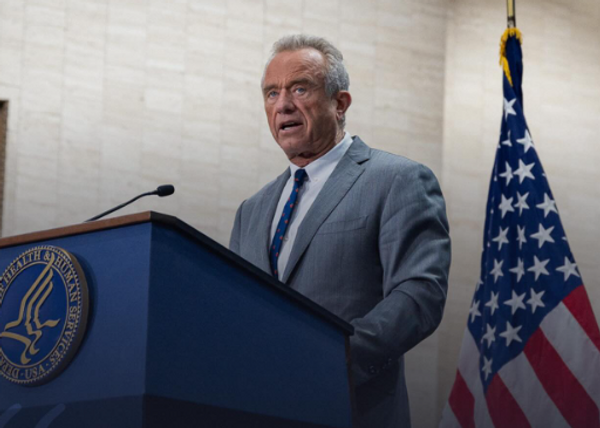
The air was crisp and the grass still wet with dew when I came upon what looked like a crime scene at my local park. The victim’s entrails were laid out in a neat line: a tiny intact kidney at one end and a small, bloodied mandible at the other, linked by a long string of intestines. Bandicoot remains? No, the fur looked more like possum.
I had found leftovers from the previous night’s dinner, and the diner was one of Australia’s apex predators, the powerful owl. Like some kind of bush bandit, it hunts at night, swooping silently before returning to the treetops to dismember and devour its hapless prey.
On still nights, I often hear its sonorous double hoot. Driving home late I’ve glimpsed it gliding low up my street, weighed down by something heavy caught in its giant talons. Its shadow once passed over me at dusk at the same park where I found the possum remains.
Walking in the bush one day, I noticed telltale whitewash and regurgitated pellets containing fluff and bones – owl poo and vomit to the layperson – and looked up into the trees to see the wide-eyed stare of an owlet.
I shouldn’t be surprised to find so many signs of this elusive bird in suburban Sydney, says Dr Holly Parsons, the manager of BirdLife Australia’s urban bird program. The species has been losing habitat in old-growth forests for decades because of land clearing.
“In the 1990s, it was rare to see them but thanks to our powerful owl project we’ve been able to track this shift from forests to urban spaces in Sydney, Brisbane and Melbourne,” Parsons says. “They hold territories year-round and [when they find a partner] they stay put.”
But there’s another quiet killer in these adopted territories, one that threatens the powerful owl population: rat poison.
Traces of poison used in rat and mice baits have been found in the livers of dead powerful owls. About 60% of birds tested by Birdlife Australia had enough poison to impair their behaviour, and 10% had enough to kill them.
The bird conservation group is especially worried about Second-Generation Anticoagulant Rodenticides (SGARs) because while they kill the rats and mice they target, they also kill birds or other animals that eat a poisoned rodent. It wants the Australian Pesticides and Veterinary Medicines Authority – which is due to finish a review of anticoagulant rodenticides next year – to restrict the sale of these poisons to licensed professionals.
Until then, BirdLife Australia is seeking signatures on a petition to Bunnings, the biggest retailer of SGARs, asking it to stop stocking them.
“This is a critical time because once the decision has been made it could be at least another 10 years before the regulations are reviewed again,” says Parsons.
I’ve checked my shelves – there’s rat poison there. It will have to go. I’d rather live with the rats than lose the owls.







